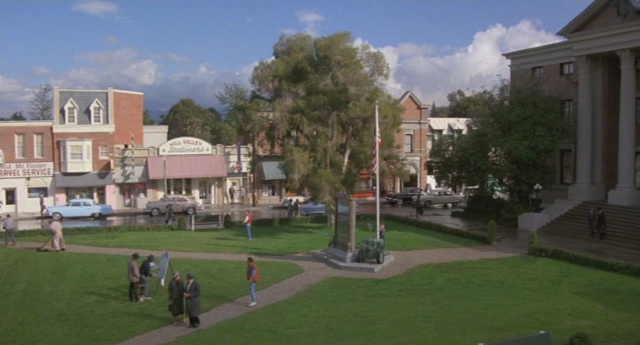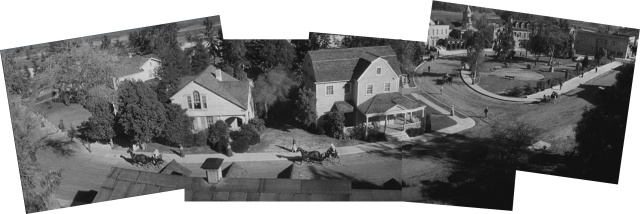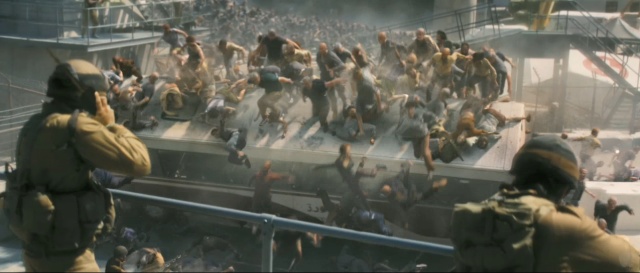
The big planning story of the last few weeks has been the release of the draft new metropolitan strategy, Plan Melbourne. I don’t yet have any detailed comments to make on the plan itself, as I haven’t had a chance to look through it in detail. However I did want to highlight one aspect of the plan relating to notice rights around housing, as it closely relates to a few things I’ve written about before here (namely the new zones and VicSmart). This is something that I know has been widely discussed in the industry, but I haven’t seen an informed version of the discussion in the wider press. I also thought it would be worth covering just to spell out some of the chapter and verse of what has previously been said on this topic, since a fair few of the relevant documents are either hard to find or simply no longer available through the Department’s website.
On the day that the strategy was released, there was a fair bit of publicity about proposed exemptions from notice and review for medium and higher density housing. This is an important issue because it relates to the roll-out of the new zones that is happening as we speak: the government launched new residential zones in July, and Councils have a year to choose where to apply them. Any change in how they are to work is therefore an urgent issue, which potentially needs to be resolved much sooner than the metropolitan strategy.





